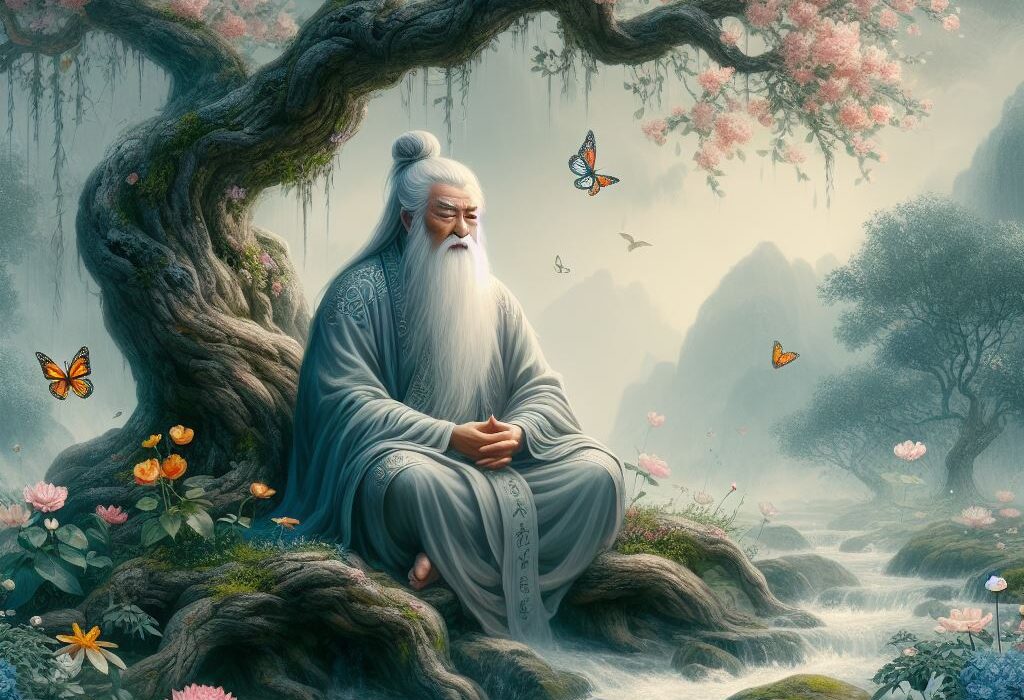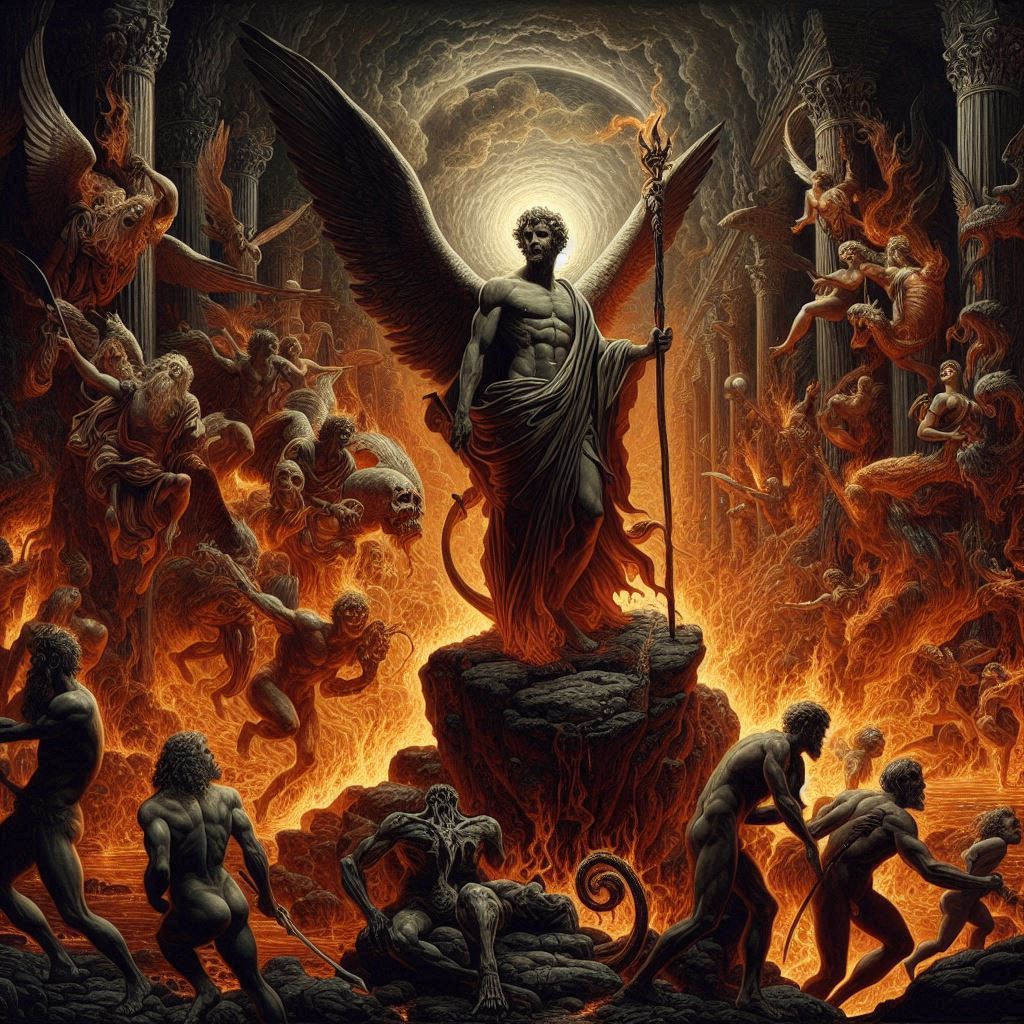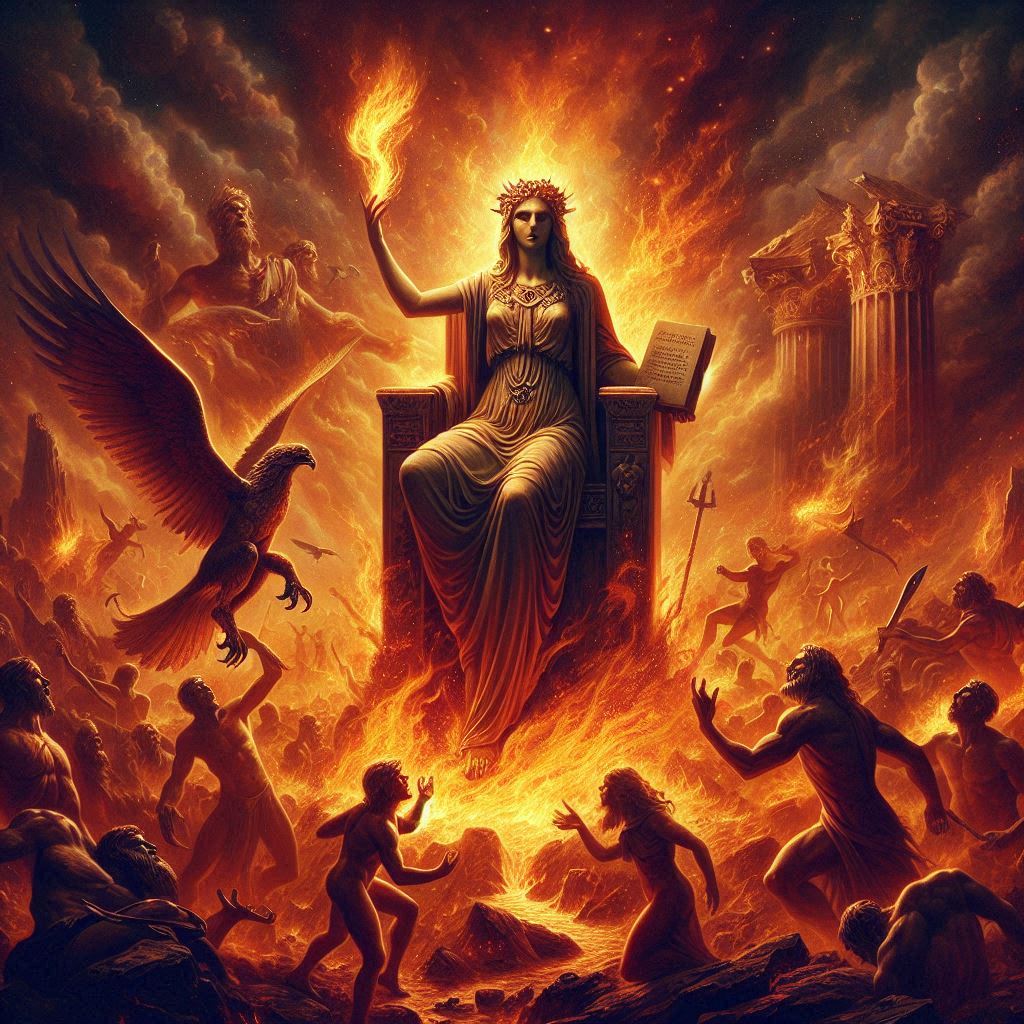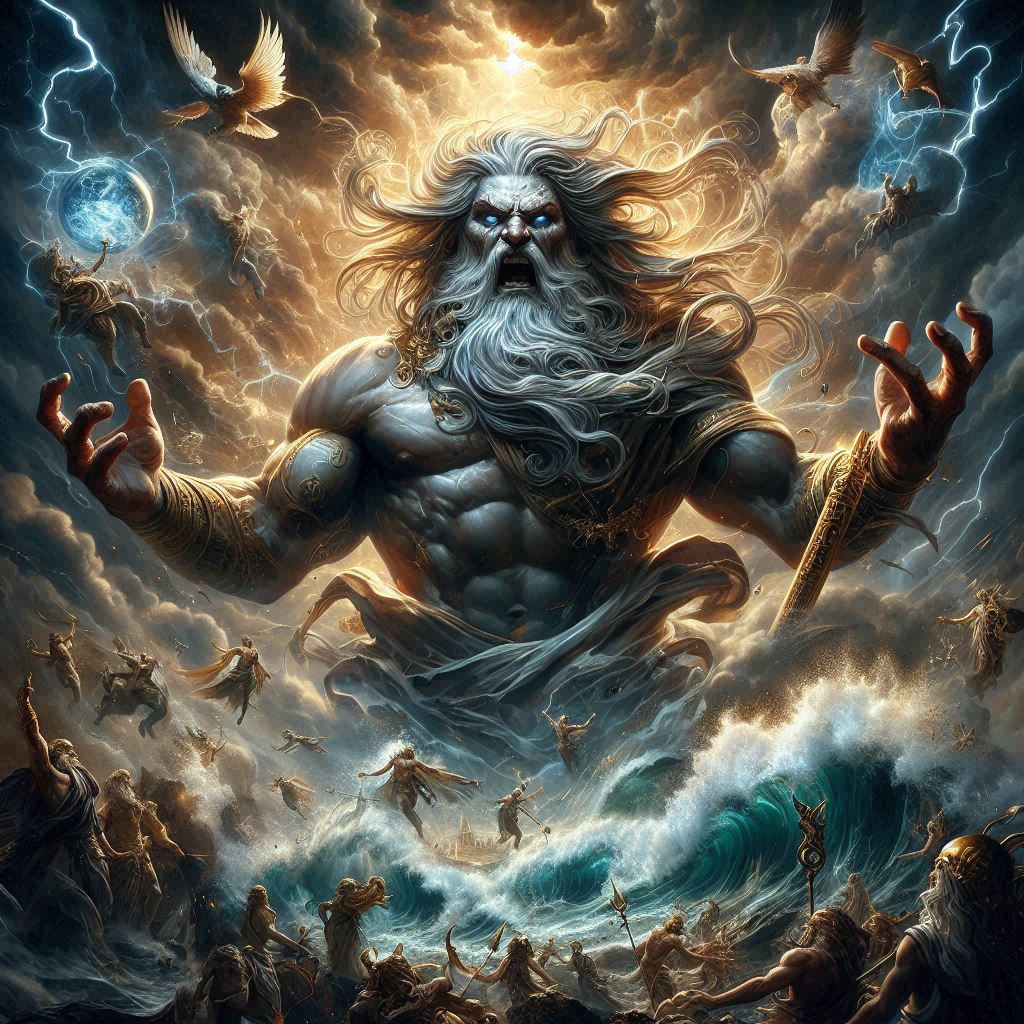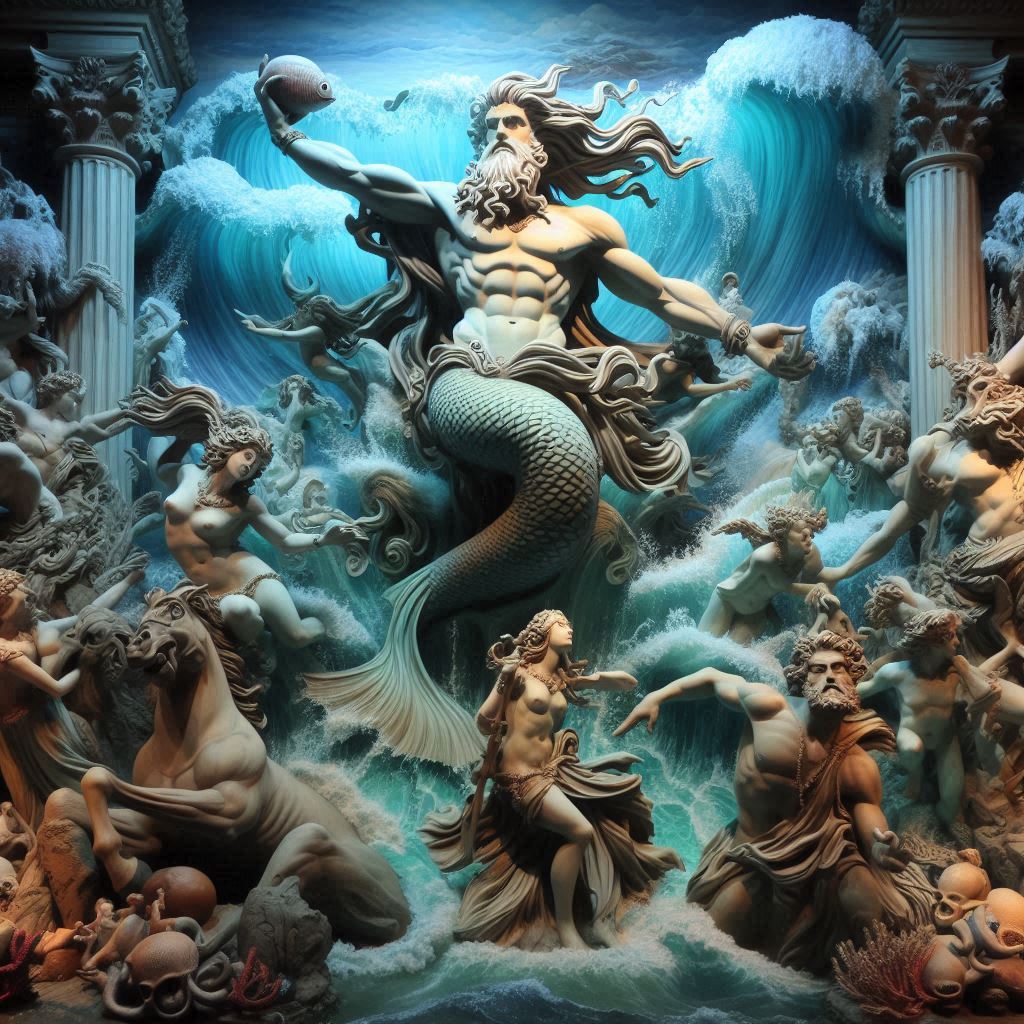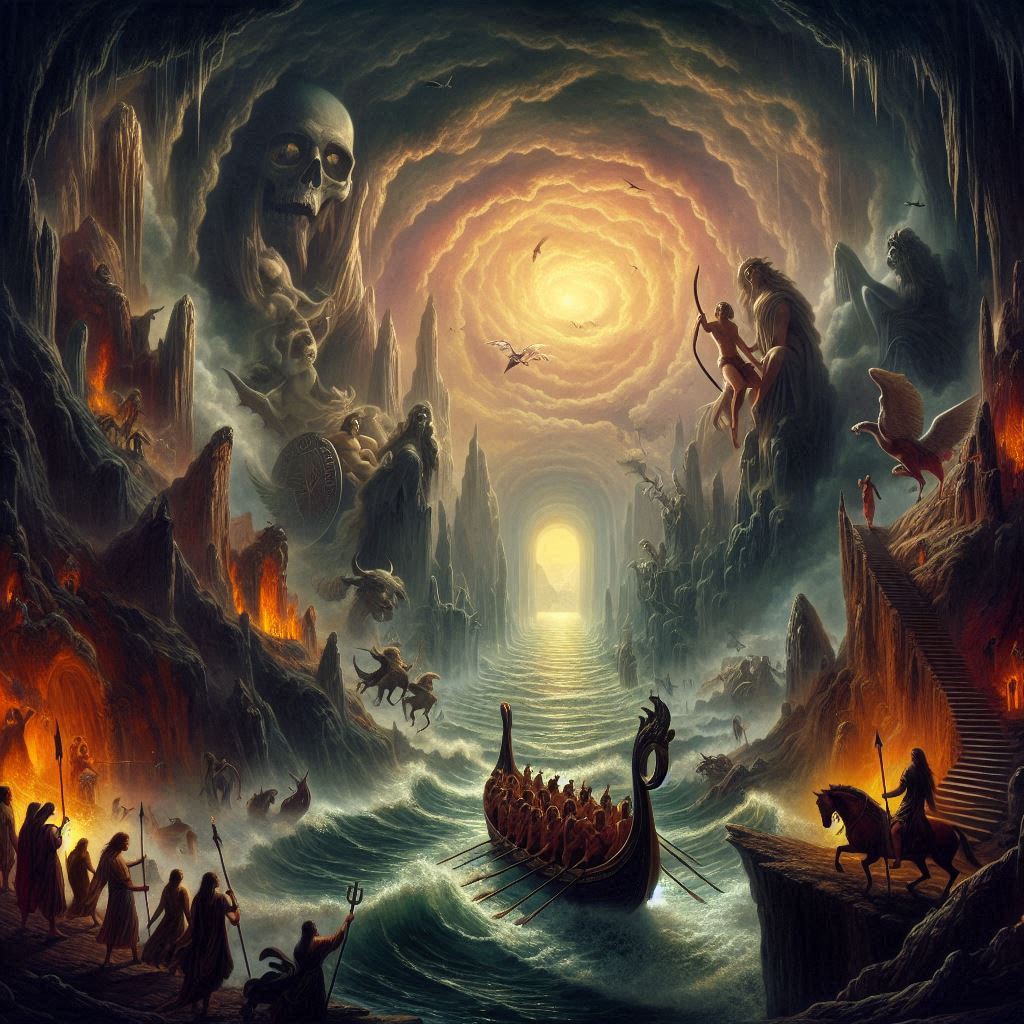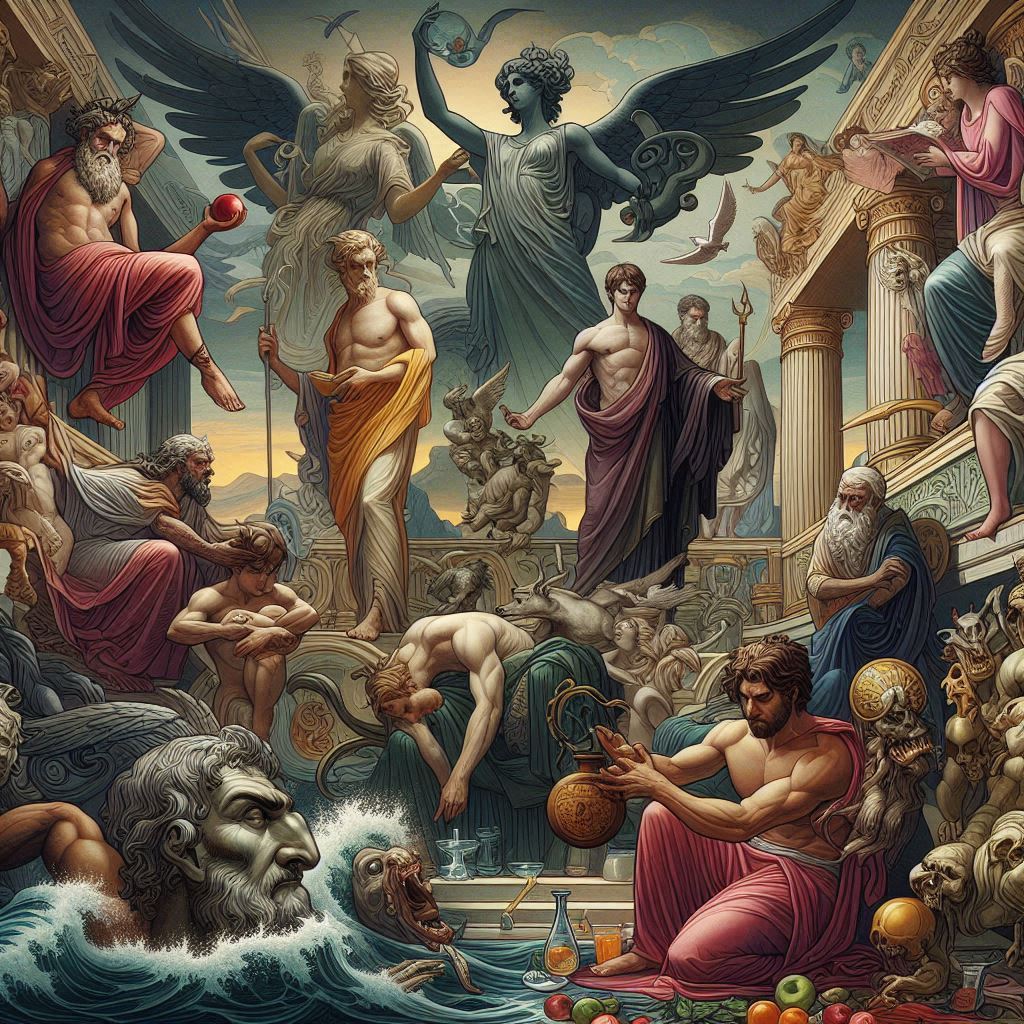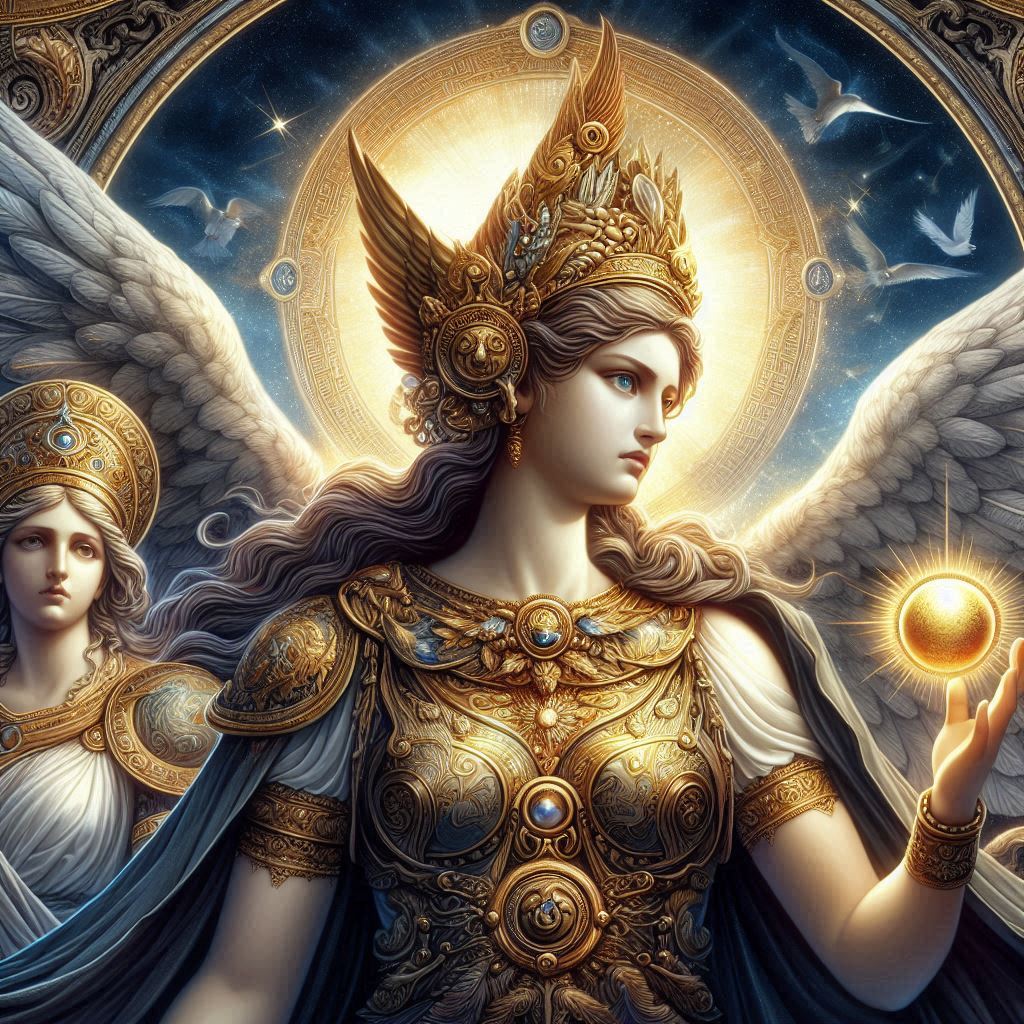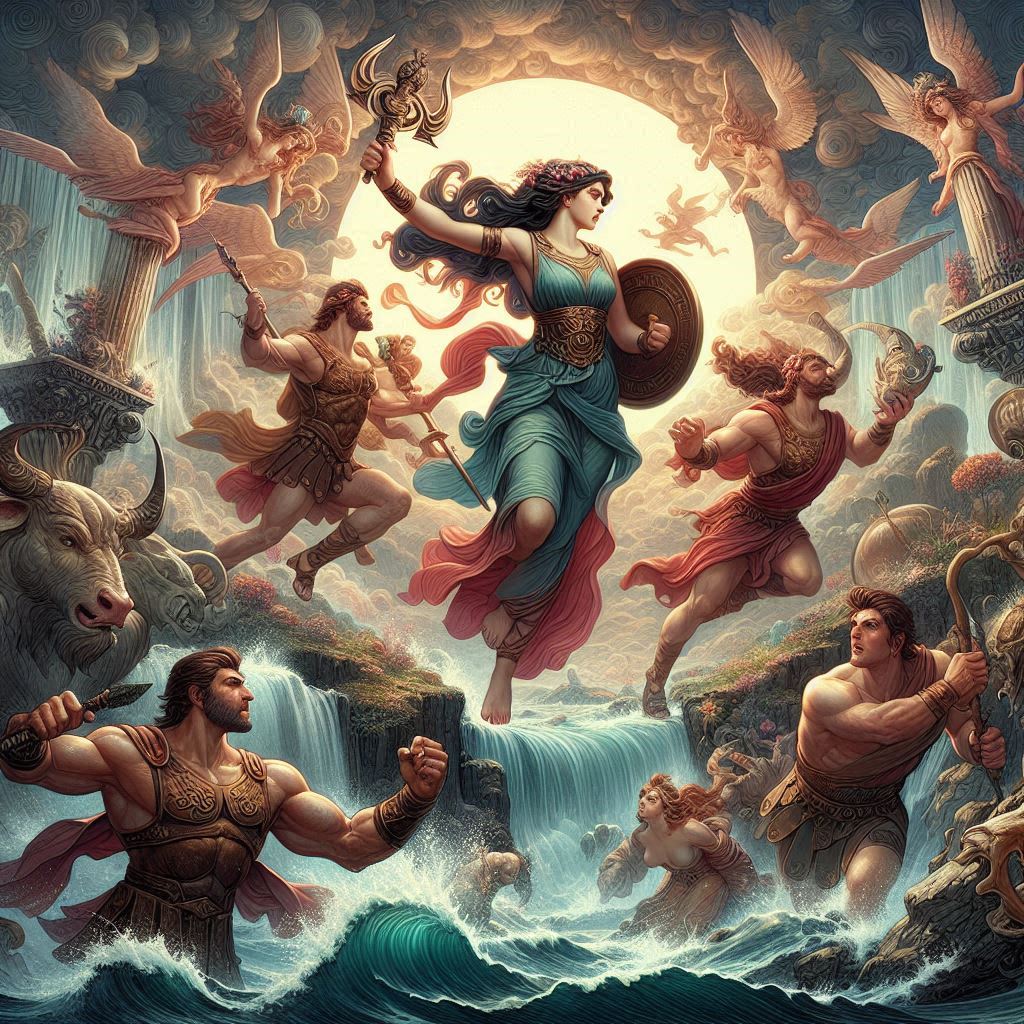Laozi, also known as Lao Tzu, is a legendary figure in Chinese philosophy and is traditionally attributed as the founder of Taoism. The historical details of his life are shrouded in legend and myth. According to tradition, Laozi lived in ancient China during the 6th century BCE. He is best known for his authorship of the “Tao Te Ching,” a foundational text in Taoist philosophy. Laozi’s teachings revolve around the concept of the Tao, emphasizing simplicity, harmony with nature, and the cultivation of inner virtues. His influence extends beyond philosophy, impacting Chinese culture, spirituality, and beyond.
The exact birth and death dates of Laozi are unclear, contributing to the enigmatic nature of his identity. Tradition holds that he lived during the 6th century BCE, around the same time as Confucius, another influential Chinese philosopher. Legend suggests that Laozi was born in the state of Chu, in present-day Henan province, and served as a keeper of archives in the royal court.
According to popular mythology, Laozi grew disillusioned with the corruption and moral decay in society and decided to leave civilization behind. Riding a water buffalo, he embarked on a journey westward, eventually reaching the Han Gu Pass at the western border of China. At this point, he encountered a border guard named Yinxi, who recognized his wisdom. It is said that Laozi, realizing the decline of society, decided to leave behind his teachings before disappearing into the mountains.
The encounter with Yinxi is central to the narrative of Laozi’s departure, as he is said to have composed the “Tao Te Ching” in response to Yinxi’s request for guidance. This foundational text consists of 81 short chapters, offering insights into the concept of Tao (The Way) and its applications to living a harmonious and balanced life.
The “Tao Te Ching” introduces key philosophical concepts attributed to Laozi, including the central idea of Tao. Tao, often translated as “The Way” or “The Path,” is an ineffable and pervasive force that underlies and unites all of existence. It is both the source and the essence of everything, transcending human understanding. The text emphasizes the importance of aligning one’s life with the natural order of the Tao, advocating for simplicity, humility, and spontaneity.
Laozi’s teachings also introduce the concept of De, which is often translated as virtue, integrity, or inner power. De is seen as an essential quality that emerges from living in harmony with the Tao. The “Tao Te Ching” encourages individuals to cultivate De through self-awareness, self-discipline, and an attunement to the natural flow of life.
Laozi’s philosophy contrasts with Confucianism, another major school of thought in ancient China. While Confucius focused on social ethics, moral conduct, and the importance of rituals, Laozi’s teachings prioritize the cultivation of inner virtues, spontaneity, and the acceptance of the ebb and flow of life. Despite their differences, both traditions have coexisted and influenced Chinese thought for centuries.
Over time, the “Tao Te Ching” became a foundational text for Taoism, an influential philosophical and religious tradition in China. Taoism encompasses a range of beliefs and practices, including philosophical Taoism, religious Taoism, and various forms of meditation and qigong. The teachings of Laozi have permeated Chinese culture, influencing art, literature, and the practice of traditional Chinese medicine.
As with many historical figures, the details of Laozi’s life have been embellished and mythologized over the centuries. The stories surrounding his birth, departure, and encounters contribute to the legendary status of this enigmatic philosopher. Whether or not Laozi was an individual historical figure or a composite of various thinkers, his impact on Chinese thought and culture is undeniable.
In addition to the “Tao Te Ching,” Laozi is traditionally credited with the authorship of another foundational Taoist text, the “Zhuangzi.” However, scholarly consensus attributes the “Zhuangzi” to a later author, likely someone using the name Zhuang Zhou, who drew inspiration from Laozi’s teachings.
Laozi’s influence extends beyond China, reaching a global audience drawn to the profound insights and timeless wisdom encapsulated in the “Tao Te Ching.” Translations of his work have allowed people around the world to engage with the principles of Taoism and explore the applications of these teachings in their own lives.
The concept of wu wei, often translated as “non-action” or “effortless action,” is another key aspect of Laozi’s philosophy. Wu wei emphasizes the idea of acting in accordance with the natural flow of things, without unnecessary effort or resistance. It involves letting go of personal desires and allowing events to unfold spontaneously. Wu wei is often cited as a central principle in Taoist thought and has influenced various fields, including martial arts, aesthetics, and leadership.
Laozi’s legacy is not confined to philosophy; it extends to art, literature, and popular culture. His iconic image, often depicted as an old sage riding a water buffalo, has become a symbol associated with Taoism. The profound simplicity of his teachings has resonated across time and cultures, attracting seekers of wisdom and spiritual insight.
While historical details about Laozi’s life remain elusive, the enduring relevance of his teachings attests to the timeless wisdom encapsulated in the “Tao Te Ching.” Whether viewed as a historical figure or a symbolic representation of ancient wisdom, Laozi’s contributions have left an indelible mark on the philosophical landscape, inspiring individuals to seek harmony, balance, and a deeper understanding of the mysteries of existence.
